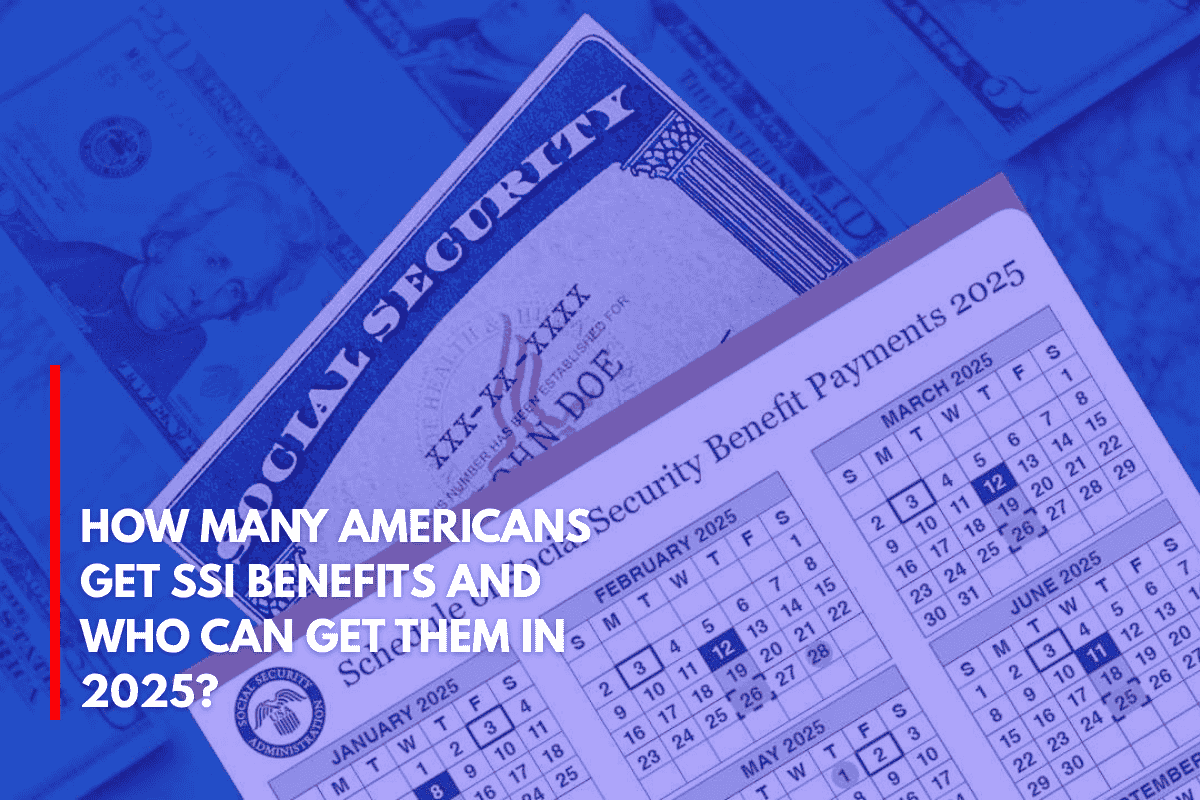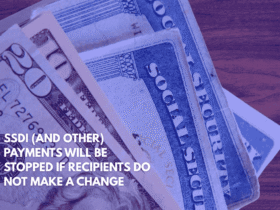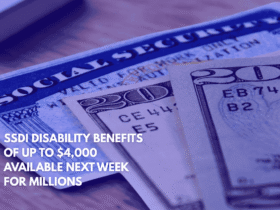In May 2025, something unusual happened for Supplemental Security Income (SSI) recipients: they received two payments. This is rare because SSI payments are typically issued once a month. However, due to how the calendar lined up, recipients were given payments on both May 1 and May 30.
As a result, no payments were made in June, and SSI recipients will have to wait until July 1 for their next deposit. Here’s a closer look at who qualifies for SSI, how payments work, and what to expect in the coming months.
How SSI Payments Work
SSI payments are usually deposited into recipients’ accounts on the first day of every month. However, if the first falls on a weekend or holiday, the payment is made on the nearest business day in the previous month.
This is why in May 2025, recipients received two payments, one at the beginning of the month and another at the end. As a result, no payment was made in June, and SSI recipients must wait until July 1, 2025, for their next deposit.
Who Qualifies for SSI?
The Supplemental Security Income program is designed to assist individuals who are U.S. citizens or national residents and are age 65 or older, blind, or disabled. Eligibility also depends on having limited income and resources.
As of today, there are approximately 7.4 million SSI recipients in the U.S., including:
1,008,000 children under 18
3,919,000 adults aged 18 to 64
2,483,000 individuals aged 65 and older
Together, these groups represent around 10% of the total beneficiaries covered by various Social Security Administration (SSA) programs.
SSI Payment Requirements and Maximum Benefits
To qualify for SSI, individuals must meet the following asset and income requirements:
Individuals must have assets valued at less than $2,000.
Couples must have assets valued at less than $3,000.
Additionally, those under 65 must provide documentation that proves they are unable to work, while individuals over 65 need valid identification.
Income, such as earnings from work, pensions, SSDI, unemployment benefits, and others, is subtracted from the SSI payment. The amount subtracted typically follows a ratio of 1:1 or 2:1, depending on the source of income.
Housing factors also influence the final payment amount. For example, a person living in their own home might receive a different amount than someone who lives in another person’s home or receives free food and shelter.
The maximum SSI payment is federally set:
$967 per month for an individual
$1,450 per month for a couple filing jointly
Thanks to the cost-of-living adjustment (COLA), these amounts are adjusted annually to keep up with inflation, helping to ensure that the payments maintain their purchasing power.
State Supplements and Extra Payments
In some states, SSI payments are increased by state supplements. For example, in California, the combined SSI amount is higher:
$1,206.94 for an individual
$2,057.83 for a couple
These state supplements provide extra financial support for SSI recipients based on the cost of living in their state.
What to Expect for July 2025 SSI Payments
Since no payment was made in June, SSI recipients will receive their next payment on July 1, 2025. Since July 1 falls on a business day, payments will be processed as scheduled and should arrive that day.











Leave a Reply